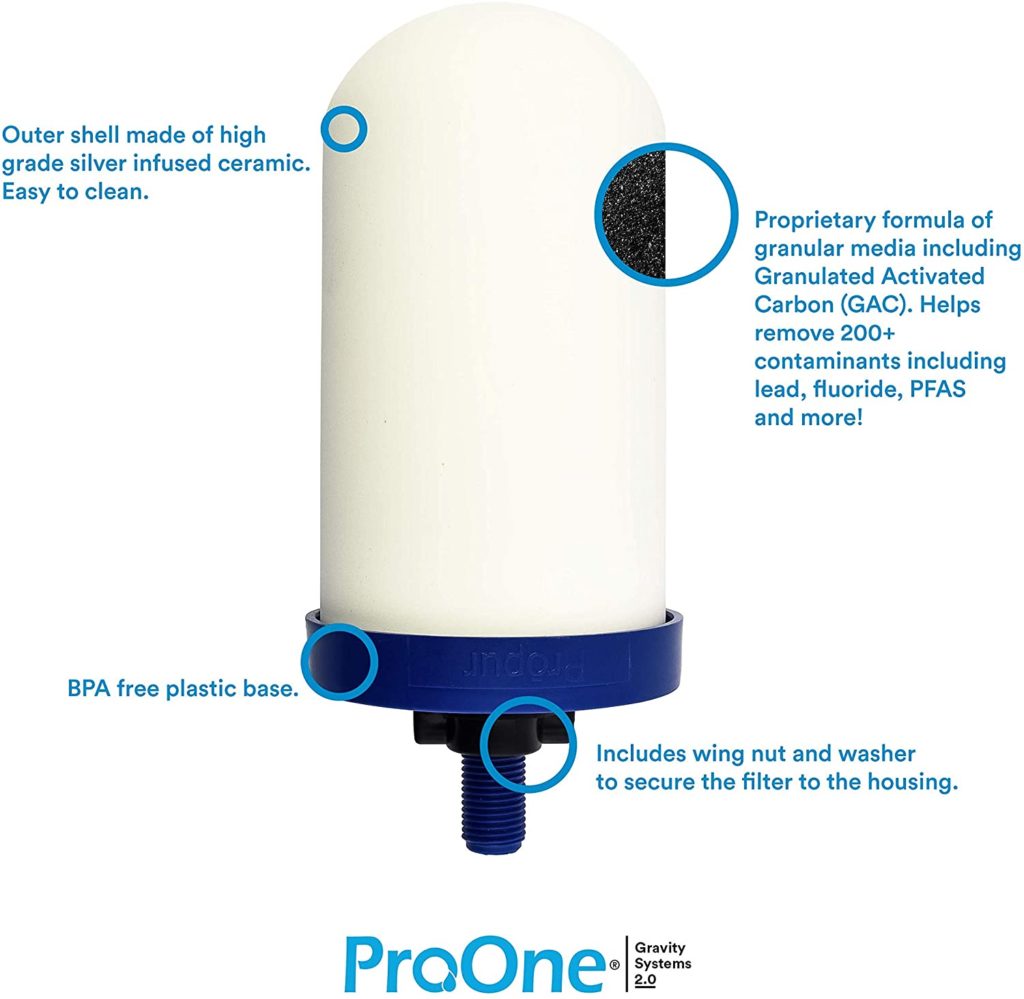
- Baseelements filtervalues how to#
- Baseelements filtervalues install#
- Baseelements filtervalues code#
The result of that operation will give you just one row that meets both criteria. In the second row, select and, and then select Sales under Column Name, is greater than under Operator, and 100 under Value.
Baseelements filtervalues code#
In the first row, select Account Code under Column name, ends with under Operator, and select 4 for the Value. In this example, first select the Advanced button.

Also, you want to show values over $100 in the Sales column. With advanced mode, you can implement as many type-specific filters as necessary from all the columns in the table.įor example, imagine that instead of applying the previous filter in basic mode, you wanted to implement a filter to Account Code to show all values that end with 4. The result of that operation will give you the set of rows that you're looking for. Under the or button, select begins with, and then enter PTY. Then under Keep rows where "Account Code", select begins with, and then enter PA.

In this example, first select the Basic button. To do that, you can go to the Filter rows dialog box for the Account Code column and specify the set of filter rules you want. In the preceding image, notice that the name of the selected column is displayed after the label Keep rows where, to let you know which column these filter rules are being implemented on.įor example, imagine that in the following table, you want to filter the Account Code by all values that start with either PA or PTY. With basic mode, you can implement up to two filter rules based on type-specific filters. The Filter rows dialog box has two modes: Basic and Advanced. This dialog box is shown in the following image. When selecting any of the type-specific filters, you'll use the Filter rows dialog box to specify filter rules for the column. The following images show examples for date, text, and numeric columns. Type-specific filtersĭepending on the data type of your column, you'll see different commands in the sort and filter menu. You can learn more about working with more commands from dplyr package in the Data Manipulation section.Power Query displays a type-specific filter based on the data type of the column.
Baseelements filtervalues how to#
This concludes our article on how to filter by value in R. Using the same logic you can extend the application of filter() command in R to an infinite number of conditions and work with very large datasets. It is also important to remember the list of operators used in filter () command in R: : exactly equal. You can filter the original dataset using the following code: Here, data refers to the dataset you are going to filter and conditions refer to a set of logical arguments you will be doing your filtering based on. In technical terms, we want to keep only those observations where cyl is equal to 4 or equal to 6 (using the operator notation =4 and =6). Similarly, you can practice using all other operators and filter datasets in R by single value.Įxample set 2: Filtering by single value and multiple conditions in RĮxample 1: Assume we want to filter our dataset to include only cars with number of cylinders equal to 4 or 6.Īs discussed in one of the previous examples, the variable in mtcars dataset that represents the number of cylinders is cyl. It is also important to remember the list of operators used in filter() command in R: Here, “data” refers to the dataset you are going to filter and “conditions” refer to a set of logical arguments you will be doing your filtering based on. The very brief theoretical explanation of the function is the following: Once we have the package installed and ready, it’s time to discuss the capabilities and syntax of the filter() function in R.
Baseelements filtervalues install#
In order to install and “call: the package into your R (R Studio) environment, you should use the following code:

You can learn more about dplyr package here. Whether you are interested in testing for normality, or just running a simple linear regression, this will help you clean the dataset way ahead before starting the more complex tasks.īelow are the steps we are going to take to make sure we do master the skill of removing columns from data frame in R:Īs R doesn’t have this command built in, we will need to install an additional package in order to filter a dataset by value in R.

Just think how much better it would be if you could narrow down from 100,000 observations to 2,000 observations of interest? It is often the case, when importing data into R, that our dataset will have a lot of observations on all kinds of objects.Įach of these observations belongs to some group, and for the vast majority of projects we will be interested in analyzing a particular group or find group-specific metrics.Įven to do simple descriptive statistics for variables that belong to a certain group, we will need to filter the dataset in R.įiltering the dataset by a specific value of interest is a very useful skill to have as it narrows down the observations and potentially eases up the other statistics commands you will run in R. In this article we will learn how to filter a data frame by a value in a column in R using filter() command from dplyr package.


 0 kommentar(er)
0 kommentar(er)
